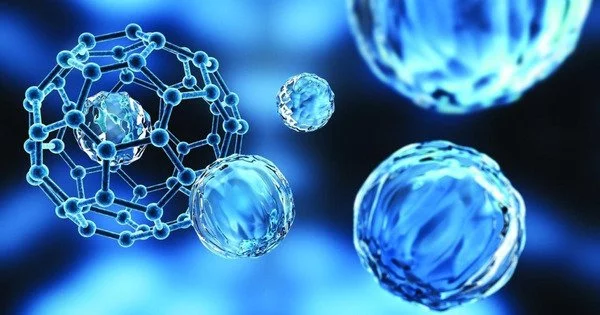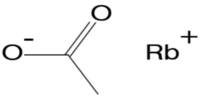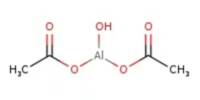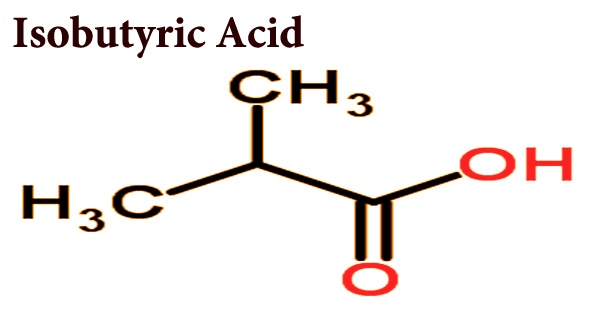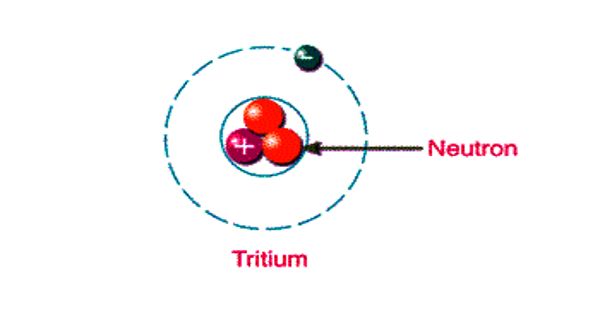In photochemistry, photohydrogen is hydrogen created with the use of artificial or natural light. It refers to the creation of hydrogen gas (H2) utilizing sunlight as an energy source. This is how a tree’s leaf breaks water molecules into protons (hydrogen ions), electrons (to form carbohydrates), and oxygen (which is discharged into the air as a waste product). This technique often involves the employment of photovoltaic cells or other photoactive materials to transform solar energy into chemical energy stored in the form of hydrogen gas via a process known as water splitting or photocatalysis.
Photohydrogen can also be created by photodissociating water with UV light. It is occasionally mentioned in the context of producing renewable energy from sunlight through the use of microscopic organisms such as bacteria or algae. Hydrogenase enzymes convert protons obtained from the water-splitting reaction into hydrogen gas, which can subsequently be collected and used as a biofuel by these organisms.
There are two main approaches to photohydrogen production:
(a) Photovoltaic (PV) Electrolysis: In this approach, photovoltaic cells, commonly known as solar panels, are used to directly generate electricity from sunlight. This electricity is then used to power an electrolysis cell, which splits water (H2O) into hydrogen gas (H2) and oxygen gas (O2) through the following reaction:
2H2O → 2H2 + O2
The hydrogen gas produced can be captured and stored for various applications, such as fuel cells or clean energy production.
(b) Photocatalytic Water Splitting: This method involves the use of photoactive materials, such as semiconductors or nanoparticles, which can absorb sunlight and catalyze the splitting of water molecules into hydrogen and oxygen without the need for external electricity. These materials are usually coated or immersed in water, and when exposed to sunlight, they generate charge carriers that drive the water-splitting reaction.
The overall reaction in photocatalytic water splitting is similar to PV electrolysis in that water is divided into hydrogen and oxygen, but it does not require an external power source.
Because hydrogen is a clean and adaptable energy carrier that may be utilized in fuel cells to generate electricity or as a fuel for numerous applications, photohydrogen production is of great interest in the field of renewable energy. When created utilizing renewable energy sources like as sunshine, it has the potential to play a critical part in a sustainable energy future. Researchers are continually investigating various materials and technologies in order to increase the efficiency and cost-effectiveness of photohydrogen generation processes.
